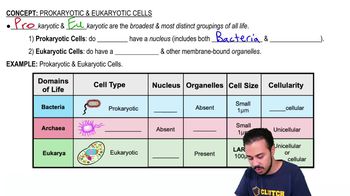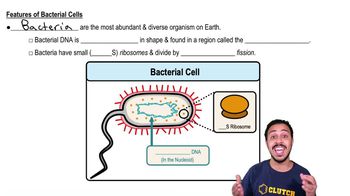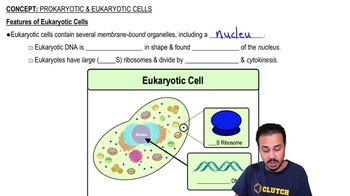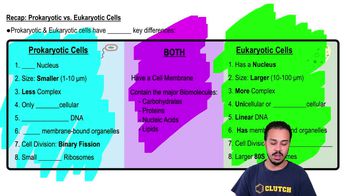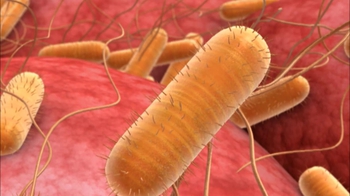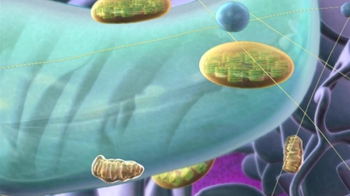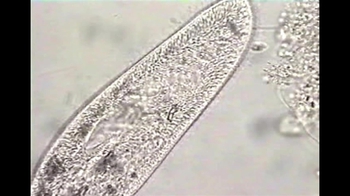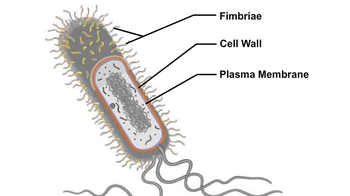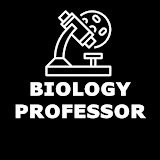5. Cell Components
Prokaryotic & Eukaryotic Cells
Learn with other creators
Practice this topic
- Multiple Choice
Which domains of life are classified as prokaryotes?
7501views145rank2comments - Multiple Choice
In bacteria, DNA will be found in _______________.
7352views112rank - Multiple Choice
Which organelle packages the genetic/hereditary material in eukaryotes but not in prokaryotic cells?
6255views91rank - Multiple Choice
Which of the following is/are a primary difference(s) between all prokaryotes and eukaryotic cells?
7171views71rank3comments - Textbook Question
In what way do the membranes of a eukaryotic cell vary?
a. Phospholipids are found only in certain membranes.
b. Certain proteins are unique to each membrane.
c. Only certain membranes of the cell are selectively permeable.
d. Only certain membranes are constructed from amphipathic molecules.
3811views - Textbook Question
List the structural features in a prokaryotic cell.
2378views - Textbook Question
Which of the following is present in a prokaryotic cell?
a. Mitochondrion
b. Ribosome
c. Nuclear envelope
d. Chloroplast
4213views - Textbook Question
Which of the following clues would tell you whether a cell is prokaryotic or eukaryotic?
a. The presence or absence of a rigid cell wall
b. Whether or not the cell is partitioned by internal membranes
c. The presence or absence of ribosomes
d. Both b and c are important clues
1823views
